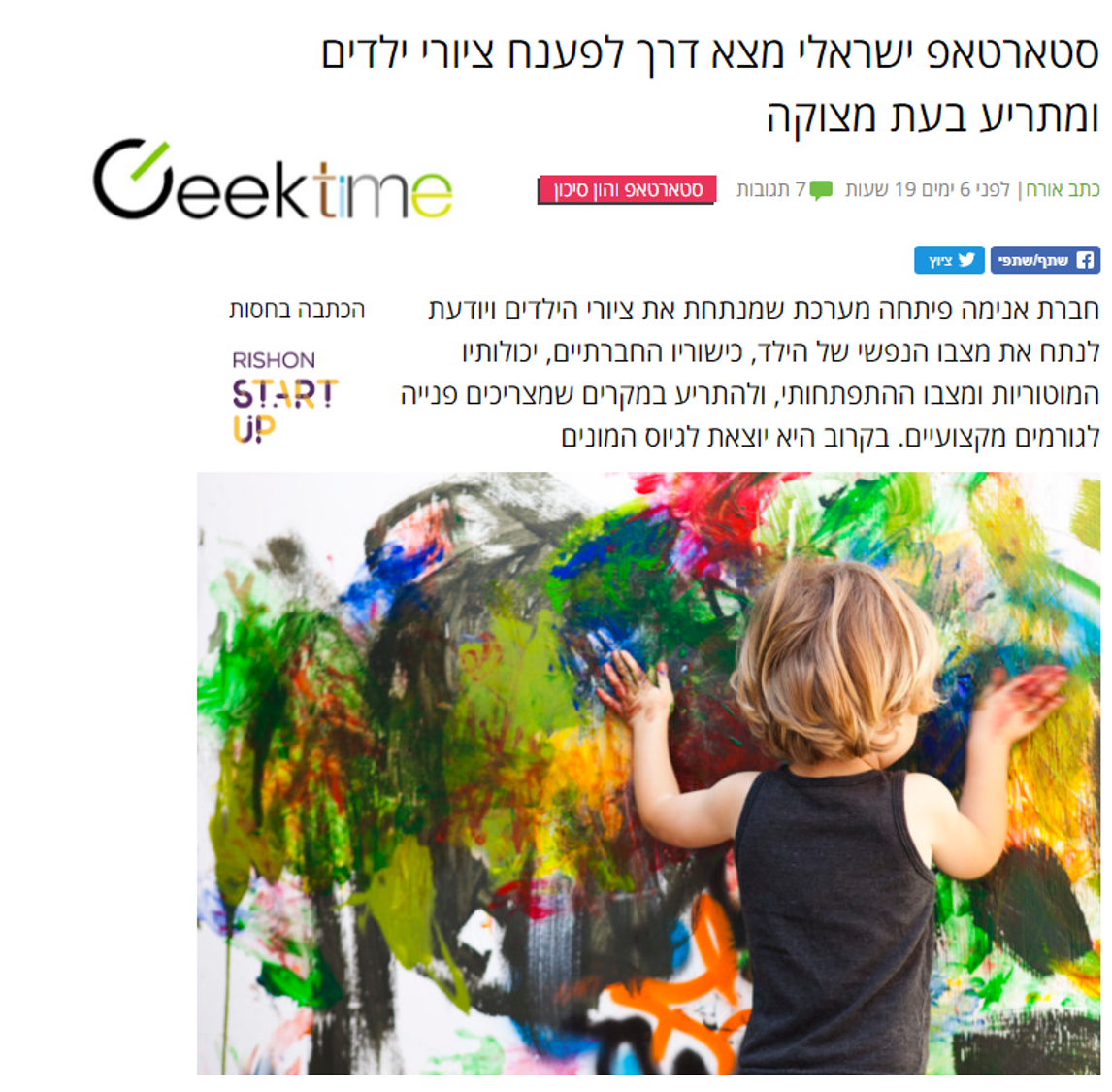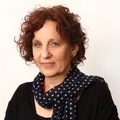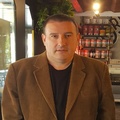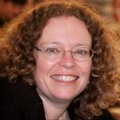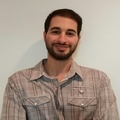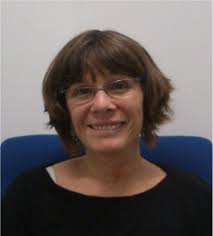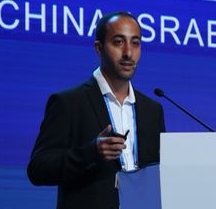Anima
World‘s first mobile health solution for detecting emotional/developmental issues in children.
7% of funding target
Highlights
Highlights
Anima - Investment offer from "Shark Tank"
Anima received an offer of 1m shekels from two strategic investors from Shark Tank. Zohar Levkovitch, who was founder and CEO of Amobi (acquired for $350m) and Dovi Frances the founder of an American venture capital firm currently managing multi-million dollar investments across Israel and the US.
Anima selected by IBM to represent Israel
Anima was selected to represent Israel in the IBM Watson Build Challange. This world competition was held in France and from 135 companies in Europe that submitted their candidacy only 32 were selected for the final stage. Anima was one of those selected based on its innovation and unique technological solution.
Partnering with prestigious academic institutions
For over 200 years there has been a proven relationship between childrens drawings and their emotional and developmental state. With that in mind the analysis of the drawings created on the Anima solution uses professional academic and psycological studies by professors and doctors in the field of art therapy. Anima is currently in co-operation with the Emily Sagol Center of Haifa University for Research and Treatment of Children at Risk, headed by Prof. Rachel Lev Weisel, who specializes in the diagnosis and treatment of children at risk through thier drawings.
The Emily Sagol Research Center is one of the largest centers in the world for the study of children's drawings in the diagnosis and treatment aspect and was donated by Sami Sagol.
Patent Pending Breakthrough Technology
Anima has developed breakthrough technology in the field of understanding childrens mental health conditions. The solution uses advanced algorithms of image processing and deep computational learning. Anima filed a patent application in the United States for the process and method of painting analysis. The application was written by patent attorney Dr. Uri Grunman at the Erlich & Fenster Patent Attorneys Office. The patent itself deals with understanding both pressure and details that the user creates on the touch screen while drawing.
A $50 billion dollar market
The Anima solution is aimed the digital health market that has been on an accelerated rise in recent years. The market is estimated to be valued at $50 billion by 2020. Examples of companies currently operating in this market are TalkSpace (platform enabling psychologist meetings) who have raised $60 million to date and Beyond Verbal who have raised $10.1 million.
Anima in the media:
Mako Channel 2 - Next Magazine

Pitch
Pitch
The Need For Anima
Many children around the world suffer developmental or emotional issues and sometimes, parents, practitioners, medical personnel fail to pick up on important signs. Children from the age of 4 and upwards sometimes find it difficult to verbalise their inner feelings, emotions and fears let alone have those in positions of care be alerted to signs of issue and distress. Anima with its advance technology solution now allows detection of emotional and developmental issues to be spotted early which will allow for corrective actions to be put in place.
A study in the United States found that 1 out of 7 children in the United States suffer from MBDD (mental, behavioral and developmental disorders) and only 20 percent of them are diagnosed and given help and support. In parrallel we see parents today unable to spend as much quality time as they would like with their children due to work pressures. This lessens the social interaction parents have with their children thus sometimes meaning parents miss issues that their children are going through.
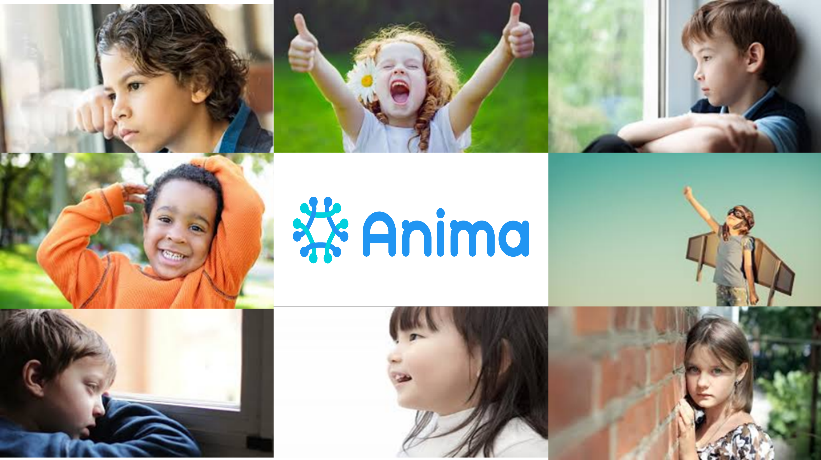
Kids love to draw, quite often their drawings can reveal a lot about their inner world and about the emotional experiences that can be difficult to otherwise detect. A single drawing can provide a wealth of information about the child's current emotional state, social skills, mental development and so much more.
As a parent, healthcare provider, educational facility or child services authority it is not always easy to know what's going on in the mind of a child. Many children are hesitant to verbalize their feelings in large part due to a limited vocabulary, this is especially true when it comes to more serious issues such as depression, distress, anger or even trauma.
Using the Anima application, parents and care providers can gain tremendous insight into a child's development and emotional state, simply by encouraging the child to draw.
Anima is the first-ever project designed to allow for an effective and accurate psychological analysis of children's drawings using a touch screen interface or scanned paper drawings. Anima's unique and patent pending algorithms and AI technology is based on extensive psychological and academic research which enables the interpretation of drawings that children create.
The Anima vision itself is to become the first cross culture and cross geography repository of children's drawings, academic research and psychological interpretation. This will allow psychologists, institutions, healthcare providers and carers all around the world to use our data to better understand and interpret the children they live, educate and work with better.
Our vision was brought to life by the advancement in AI and machine learning technology. By adding specialists in the field to our management team and agreeing an official partnership with the School of Creative Arts Therapies at the prestigious Haifa University we built our MVP which was selected as a finalist from over 400 global entries in the IBM Watson Build Challenge.
Interpretation in four simple steps
The Anima solution is very simple to use and within four simple steps parents, healthcare providers, medical advisors and guardians can see an interpretation of their childrens drawings in minutes.

The Technology
Anima is a cloud based solution that has unique algorithms that combines advanced artificial intelligence and deep machine learning to detect objects that are drawn alongside interpretations of space, lines, colour and geometry.

The unique combination of these technologies allows for elevated level analysis, especially when the analysis is based not only on one drawing but on a sequence of drawings therefore allowing trends to be picked up. The more the individual child draws or children as a whole the more the Anima artificial intelligence algorithm can interpret. This will allow Anima to fulfil its vision of being the largest global repository of children’s drawings cross geography, culture and landscape with the ability to have associated interpretations. All the interpretations are based on academic and psychological interpretations from prestigious universities, academic research centres and highly trained psychologists.

Drawing Analysing and Interpreting

The Anima solution measures and monitors the development of children via their artwork. Shapes, colours, drawing inside lines and use of proportion are all key factors in assessing their development. The solution can identify any obstacles or likewise fast development in cognitive features and by doing so allow parents to better understand their childs growth patterns.
Anima looks at several parameters when analysing from a developmental perspective. Geometric shapes are cultivated at an early age and the ability for children to identify and mirror shapes in their drawings is key to understanding what children see and their ability to translate it themselves. As regards colours the use can be striking. The world through children's eyes is very much aligned to what they see. Abstract art is not something that developmentally they are aware of. With the above in mind when colours are used differently it can explain many things about what our children are feeling. Anima also undertakes to examine both time to draw shapes and also pressure applied to drawings. Children who draw shapes at speed can be aligned to brain moverment, communication and co-ordination. LIkewise pressure applied on the pen can creates a good understanding of cognitive feeling. Aggression, anxiety, negativity or even positivity.
Team
Team
|
Biography
Mark Rose, Founder and CEO of Start-Up-Consult and advisory to Anima-ey. Bringing over 22 years of business transformation and expertise from senior positions in global corporations and key institutions. Unique mix of industry experience aligned to years in some of the largest high tech corporations around the globe. Working with Anima to build operations, strategy and financial plan. Passionate about people, innovation and technology.
|
|
Biography
Rachel Blumenfeld is an expert psychologist, educational and developmental counselor. Chief Psychologist at Bnei Zion Hospital. Lecturer to MA in Developmental Psychology, Diagnosis in Early Childhood in Haifa University. Runs her own private clinic for child development.
|
|
Biography
Niv Eliyahu graduated of Mamram in the IDF, with over 7 years of experience in developing and managing systems. Niv served has an officer and was a team leader of six developers. Experienced in designing architectures from scratch and in a variety of technologies such as AI and deep-learning. Graduate of Computer Science.
|
|
Biography
Moshe Butman, PhD, is a graduate of BSc in Machine Engineering from the Technion, MSc and PhD in Computer Science from Bar-Ilan University. Dr. Butman specializes in object detection and recognition in images and video based on Machine Learning approaches. Since 2000 he has been engaged in research and development in this field. Lecturer at the School of Computer Science in the Collage of Management.
|
|
Biography
Prof. Lev-Wiesel, Ph.D, is a professor and the director of the Emili Sagol Creative Arts Therapies Research Center, the Graduate School of Creative Arts Therapies at the University of Haifa, Israel. She has published more than one hundred scientific articles as well as six books on issues such as the use of drawings for diagnostic and therapeutic purposes, long term effects of the Holocaust, intergenerational transmission of trauma, and child sexual abuse. Prof. Lev-Wiesel is an experienced therapist, licensed family therapist and clinical supervisor.
|
|
Biography
Ben Zaneti is a graduate of information systems management at the Open University, in his last job Ben was in charge of a large client portfolio at a big and well-known company, this role allowed him to purchase experience in managing employees and sales of millions dollars inside and outside the State of Israel. Ben is an Inventor at Keren Shemesh and Xinova who is a global innovation network, since 2014.
|
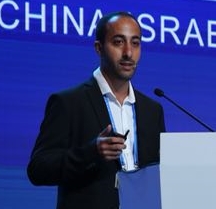
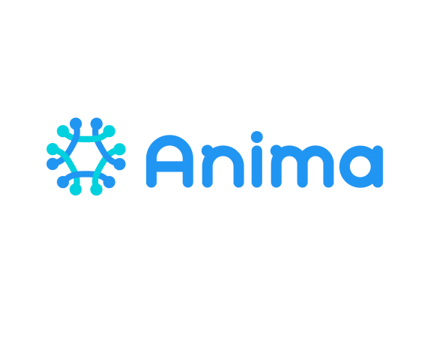
.PNG)
